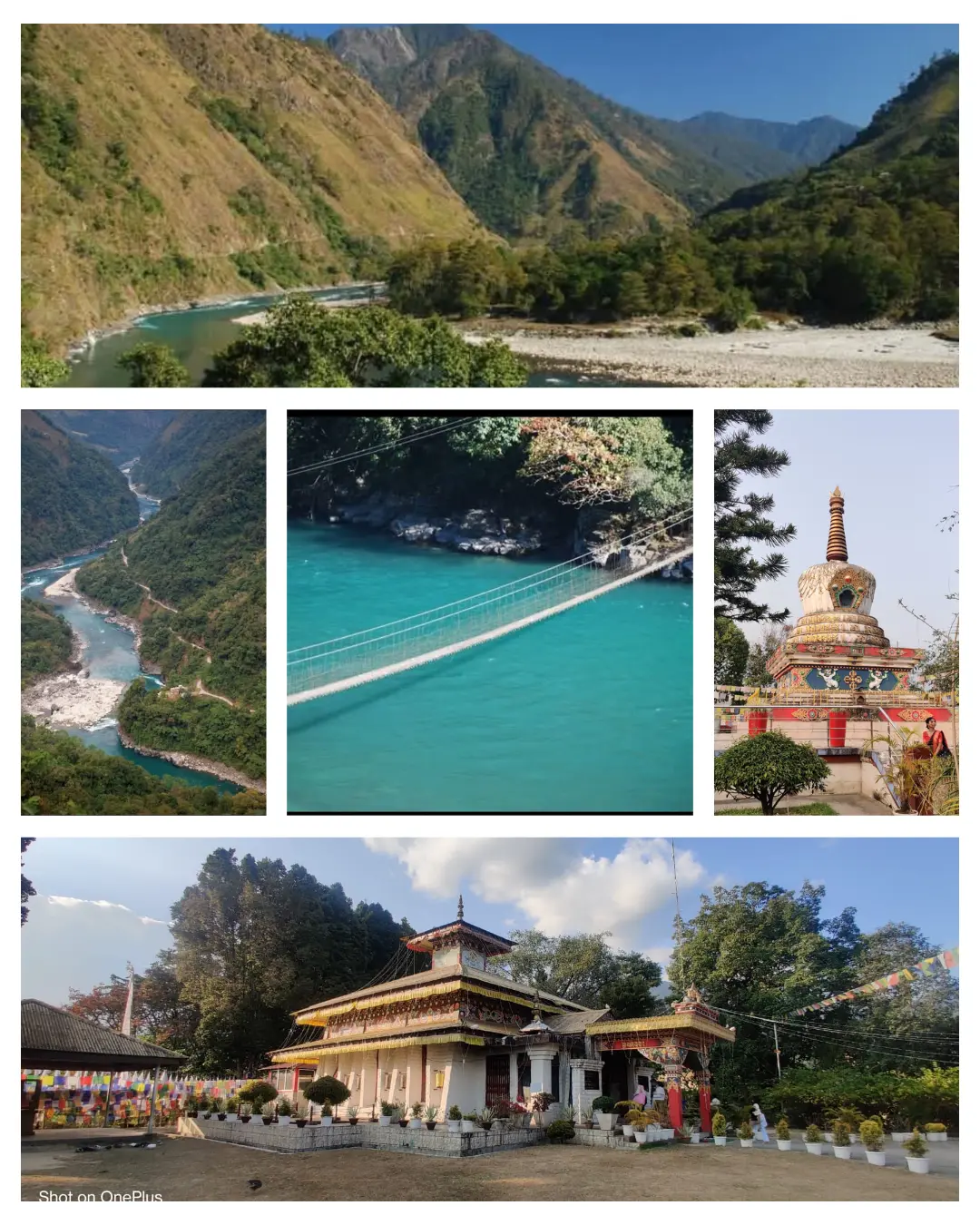Land of Rising Sun- Arunachal Pradesh

Nestled in the northeastern-most corner of India, Arunachal Pradesh is a land of breathtaking natural beauty, vibrant cultural diversity, and significant geopolitical importance. True to its name, which translates to "Land of the Dawn-Lit Mountains," it is the first state in India to greet the morning sun. With its pristine landscapes, ancient monasteries, and a mosaic of unique tribal cultures, Arunachal Pradesh offers a captivating glimpse into a world where nature and tradition coexist in harmony.
A Storied Past
The history of Arunachal Pradesh is shrouded in oral traditions and archaeological ruins. Early references connect the region to the epic Mahabharata and the Kalika Purana. Modern history began with the British administration, which established the North-East Frontier Agency (NEFA) in 1954 to administer this strategically important region. The state's history is also marked by the Sino-Indian War of 1962, during which it was a major conflict zone. NEFA was renamed Arunachal Pradesh in 1972 and became a Union Territory. It was granted full statehood on February 20, 1987.
A Land of Rugged Beauty and Rich Biodiversity
Arunachal Pradesh is a vast expanse of 83,743 square kilometers, characterized by its formidable mountain ranges of the Himalayas and the Patkai hills. The state's geography is a dramatic canvas of deep gorges, roaring rivers, and lush valleys. The mighty Brahmaputra River, known as the Siang in this region, flows through the heart of the state, along with its numerous tributaries like the Kameng, Subansiri, Lohit, and Tirap.
Key Geographical Highlights:
International Borders: It shares international borders with Bhutan to the west, China (Tibet) to the north and northeast, and Myanmar to the east.
State Borders: It is bordered by the Indian states of Assam and Nagaland to the south.
Highest Point: The highest peak in the state is Kangto, standing at an elevation of 7,060 meters.
Forest Cover: Over 80% of the state is covered by forests, making it one of the most biodiverse regions in the world. It is home to a spectacular variety of flora and fauna, including rare species like the red panda, clouded leopard, and hornbill. The state boasts numerous protected areas, including the Namdapha National Park and the Mouling National Park.
A Mosaic of Cultures and Traditions
Arunachal Pradesh is home to 26 major tribes and over 100 sub-tribes, each with its distinct language, customs, and festivals. This rich ethnic diversity is the hallmark of the state's cultural landscape.
Major Tribes: Some of the prominent tribes include the Adi, Apatani, Nyishi, Galo, Monpa, Mishmi, Wancho, and Nocte.
Religion and Faith: The religious tapestry is as diverse as its people. The Monpas and Sherdukpens of the western districts are predominantly followers of Mahayana Buddhism. In contrast, many tribes in the eastern and central belts practice indigenous faiths, most notably Donyi-Polo, the worship of the sun and moon. Hinduism and Christianity also have a significant following.
- Festivals: The state celebrates a plethora of vibrant festivals throughout the year, most of which are tied to the agricultural cycle. Some of the major festivals include:
Losar: The Tibetan New Year celebrated by the Monpas.
Solung: A harvest festival of the Adi tribe.
Dree: A festival of the Apatani tribe to ensure a bountiful harvest.
Nyokum: A festival of the Nyishi people.
Mopin: The main festival of the Galo community.
Government and Politics
As a state of the Indian Union, Arunachal Pradesh has a unicameral legislature with a 60-member Legislative Assembly.
Capital: The capital city is Itanagar.
Chief Minister: The current Chief Minister is Pema Khandu.
Governor: The current Governor is Lt. General Kaiwalya Trivikram Parnaik (Retd.).
Economy and Livelihood
The economy of Arunachal Pradesh is largely agrarian, with a significant portion of the population engaged in agriculture and related activities. The traditional practice of Jhum (shifting cultivation) is prevalent in many parts of the state.
Key Sectors: The primary sectors of the economy are agriculture, horticulture, forestry, and tourism. The state is known for its production of fruits like oranges, kiwis, and apples.
Hydropower Potential: With its numerous rivers, Arunachal Pradesh has immense potential for hydropower generation, and several large-scale dam projects are in various stages of planning and construction.
Tourism: Tourism is a growing sector, offering unique experiences ranging from cultural tours and adventure sports like trekking and white-water rafting to wildlife exploration.
Tourism and Travel
Arunachal Pradesh is a paradise for travelers seeking off-the-beaten-path destinations.
- Major Tourist Destinations:
Tawang: Famous for the magnificent Tawang Monastery, the second-largest Buddhist monastery in the world.
Ziro Valley: A UNESCO World Heritage Site, known for its picturesque landscapes and the unique culture of the Apatani tribe.
Bomdila: Offers stunning views of the Himalayan peaks and is a gateway to Tawang.
Mechuka: Often referred to as the "Forbidden Valley," known for its pristine beauty and a 400-year-old monastery.
Namdapha National Park: A biodiversity hotspot for wildlife enthusiasts.
- Entry Requirements: Due to its strategic location, all domestic tourists require an Inner Line Permit (ILP) to enter the state. Click to apply online Foreign tourists need a Protected Area Permit (PAP).
Arunachal Pradesh, with its serene environment and rich cultural heritage, remains one of India's most fascinating and relatively unexplored regions, offering a profound connection with nature and ancient traditions.